In our daily routines, most of us are unaware of the subtle ways our actions contribute to the poisoning of our food sources and the planet. Whether it’s through the products we buy, the waste we generate, or the habits we adopt, each choice has a ripple effect on the environment. Let’s uncover some of these habits that we might be guilty of, and explore how they unknowingly impact our world.
1. Your Morning Coffee Comes with an Environmental Toll

While savoring a cup of coffee might be a cherished morning ritual, it’s easy to overlook the environmental footprint it leaves behind. Coffee production requires significant water and land resources, and it often involves deforestation to make way for coffee plantations. The cultivation process also uses chemical fertilizers and pesticides, which can contaminate local water supplies and harm biodiversity. As the demand for coffee grows, so does the pressure on the environment, leading to habitat destruction and the displacement of wildlife.
In addition to production concerns, consider the waste generated by coffee consumption. Disposable coffee cups, often lined with plastic, are notoriously difficult to recycle, contributing massively to landfill waste. Meanwhile, single-use coffee pods add to the plastic problem, with billions ending up in the trash annually. By switching to reusable cups and sustainable coffee brands, we can reduce the environmental impact of our caffeine fix.
2. Over-reliance on Plastics is Choking Our Oceans
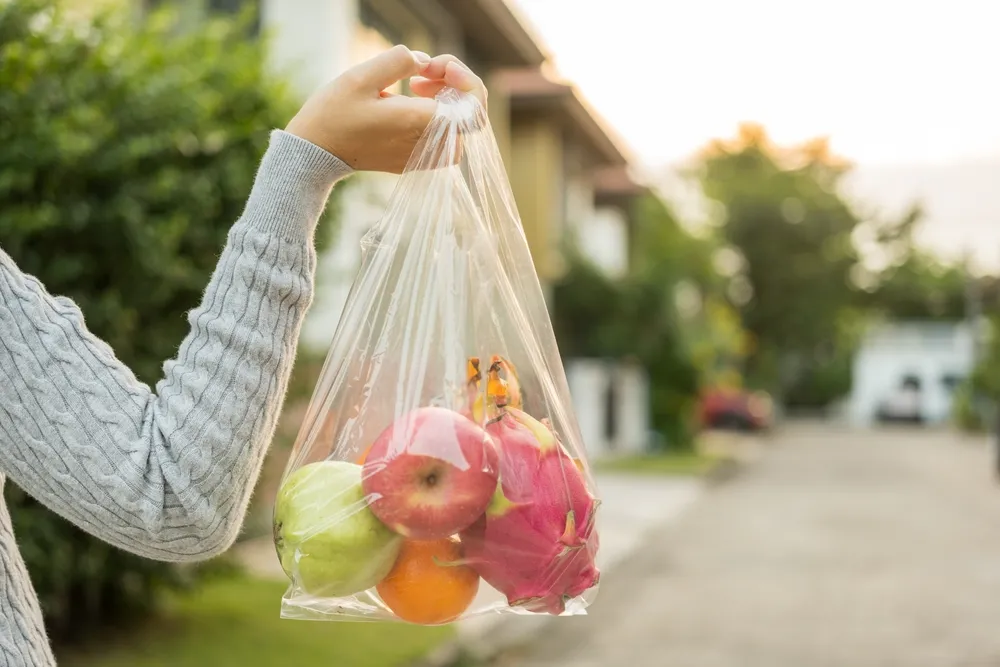
We live in a plastic-dependent society, and this convenience comes at a significant cost to our oceans. According to the Ocean Conservancy, millions of tons of plastic end up in the oceans each year, endangering marine life and ecosystems. Sea creatures often mistake plastic for food, leading to ingestion that can be fatal. The problem is compounded by microplastics, tiny particles that have infiltrated every corner of our ocean, entering the food chain and posing potential risks to human health.
On land, plastics release harmful chemicals as they degrade, contaminating soil and water sources. Our over-reliance on single-use plastics, whether it’s bags, bottles, or packaging, accelerates pollution. While recycling is a step in the right direction, the infrastructure is not equipped to manage the sheer volume of plastic waste. By reducing plastic use and supporting initiatives that tackle ocean pollution, we can help protect marine life and maintain healthier ecosystems.
3. Pesticides in Agriculture: More Harm than Help?
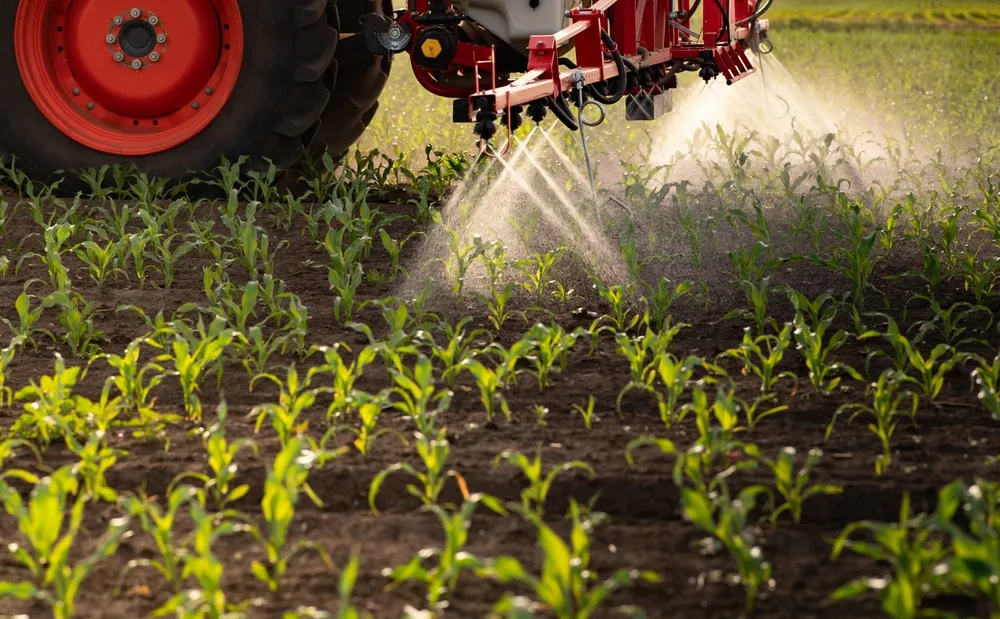
Pesticides are widely used in agriculture to protect crops from pests and diseases, but their impact on the environment and health is increasingly concerning. According to the Pesticide Action Network, these chemicals can leach into groundwater, contaminating drinking water supplies and affecting aquatic life. The indiscriminate use of pesticides leads to the decline of pollinators like bees, which are crucial for food crop reproduction. Over time, pests can develop resistance, prompting farmers to use even more potent chemicals.
Moreover, pesticide residues on fruits and vegetables pose health risks to consumers, potentially leading to long-term health issues. Organic farming methods offer alternatives by emphasizing natural pest control and soil health, reducing the need for synthetic pesticides. Supporting organic and local farming not only minimizes environmental impact but also safeguards our health. By making informed choices about the food we buy, we can encourage sustainable agricultural practices.
4. Meat Consumption and Its Heavy Carbon Footprint

The global appetite for meat significantly contributes to greenhouse gas emissions, amplifying climate change. Livestock farming produces substantial methane emissions, a potent greenhouse gas, and requires extensive land and water resources. Deforestation to create grazing land further exacerbates the issue, contributing to loss of biodiversity and increased carbon emissions. The meat industry’s environmental cost is undeniable, with some studies suggesting it accounts for nearly 15% of global emissions.
In addition to environmental concerns, heavy meat consumption raises health issues, including heart disease and certain cancers. By incorporating more plant-based meals into our diets, we can reduce the demand for meat and its associated environmental impact. This shift not only benefits the planet but also offers potential health benefits for individuals. Encouraging a plant-forward lifestyle can be a powerful step towards a more sustainable future.
5. How Fast Fashion is Leaving a Toxic Legacy

The fast fashion industry has exploded in recent years, offering trendy clothing at low prices. However, this comes with an environmental cost, as the industry is one of the largest polluters globally. Textile production uses vast amounts of water and chemicals, contributing to water pollution and depletion. Furthermore, synthetic fibers shed microplastics into waterways during washing, further harming aquatic ecosystems.
The rapid turnover of fashion trends encourages disposable consumer habits, leading to substantial textile waste. Most discarded clothing ends up in landfills, where synthetic fibers can take hundreds of years to decompose. Embracing sustainable fashion practices, such as buying second-hand or supporting eco-friendly brands, can mitigate this impact. By being conscious of our clothing choices, we can reduce the ecological footprint of the fashion industry.
6. The Hidden Costs of Electronic Waste

Electronic waste, or e-waste, is one of the fastest-growing waste streams globally, driven by the short life spans of modern gadgets. Disposing of electronics improperly releases toxic substances like lead and mercury, which can leach into soil and water, posing health and environmental risks. E-waste recycling is often inadequate, with much of it being shipped to developing countries where it is dismantled under unsafe conditions.
The rapid pace of technological advancement fuels the demand for new devices, exacerbating the e-waste problem. By extending the life of our electronics through repairs and upgrades, we can reduce waste. Additionally, supporting companies with robust recycling programs can help manage e-waste responsibly. As consumers, advocating for sustainable electronics can drive industry change toward greener practices.
7. Overfishing: Taking More than the Ocean Can Give

Our growing demand for seafood has led to overfishing, which depletes fish stocks faster than they can replenish. This overexploitation threatens marine biodiversity and disrupts ocean ecosystems, as key species are removed from the environment. Bycatch, or the capture of non-target species, further exacerbates the problem, leading to the decline of various marine creatures, including dolphins, turtles, and seabirds.
Unsustainable fishing practices, such as trawling, damage seabeds and habitats, further endangering marine life. The consequences of overfishing extend to humans, as it jeopardizes food security for communities reliant on fish as a primary protein source. Supporting sustainable seafood choices and fisheries that employ responsible practices can help preserve ocean resources. By making informed decisions, we contribute to the health and balance of marine ecosystems.
8. Overuse of Antibiotics in Agriculture is Backfiring

The routine use of antibiotics in livestock farming to promote growth and prevent disease is creating a public health crisis. This practice contributes to the rise of antibiotic-resistant bacteria, making it harder to treat infections in humans and animals. Resistant strains can spread from animals to humans through the food chain, leading to potential health risks. The World Health Organization has identified antimicrobial resistance as a top global health threat due to its potential to undermine modern medicine.
Beyond health concerns, antibiotic overuse affects soil and water quality, as residues can enter the environment through animal waste. These residues can alter microbial communities essential for nutrient cycling and soil health. Reducing antibiotic use in agriculture is crucial for maintaining effective disease treatments and ensuring environmental integrity. By supporting farms that employ responsible antibiotic practices, consumers can help mitigate this pressing issue.
9. Excessive Water Use: Draining Our Planet Dry
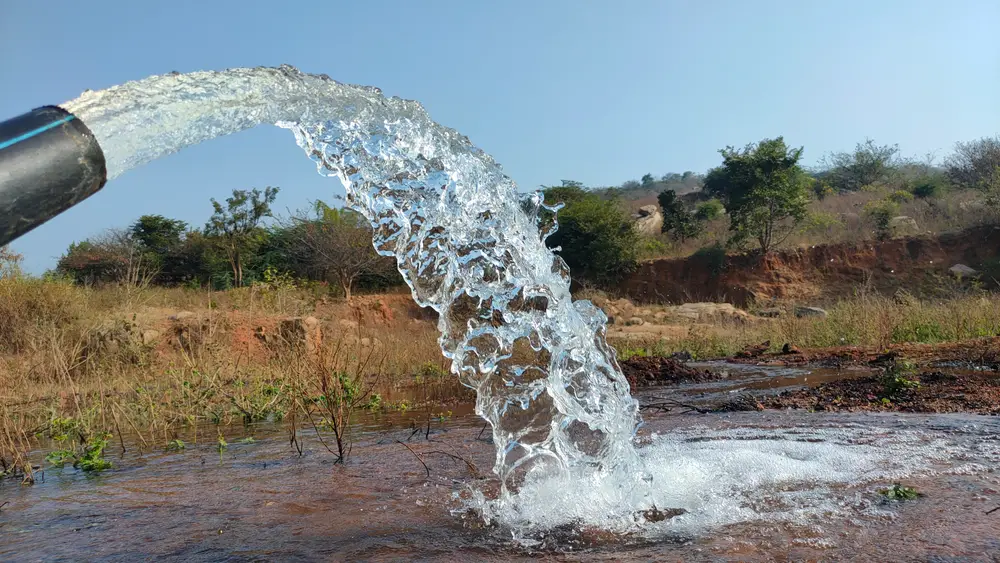
Water scarcity is a growing concern as the demand for water continues to outpace supply, largely driven by agriculture, industry, and population growth. Over-extraction of water resources leads to the depletion of aquifers and reduced river flows, impacting ecosystems and biodiversity. Agriculture accounts for the majority of water use, with inefficient irrigation practices contributing to significant waste. As water becomes scarcer, conflicts over its use are likely to increase, affecting communities and economies.
Urbanization further exacerbates water stress, as cities require vast amounts of water for consumption, sanitation, and industrial use. Climate change compounds the issue, altering precipitation patterns and exacerbating droughts. Adopting water-saving technologies and practices, such as drip irrigation and rainwater harvesting, can help alleviate pressure on water resources. By valuing and conserving water, we can ensure its availability for future generations.
10. Deforestation: Cutting Down Our Planet’s Lungs
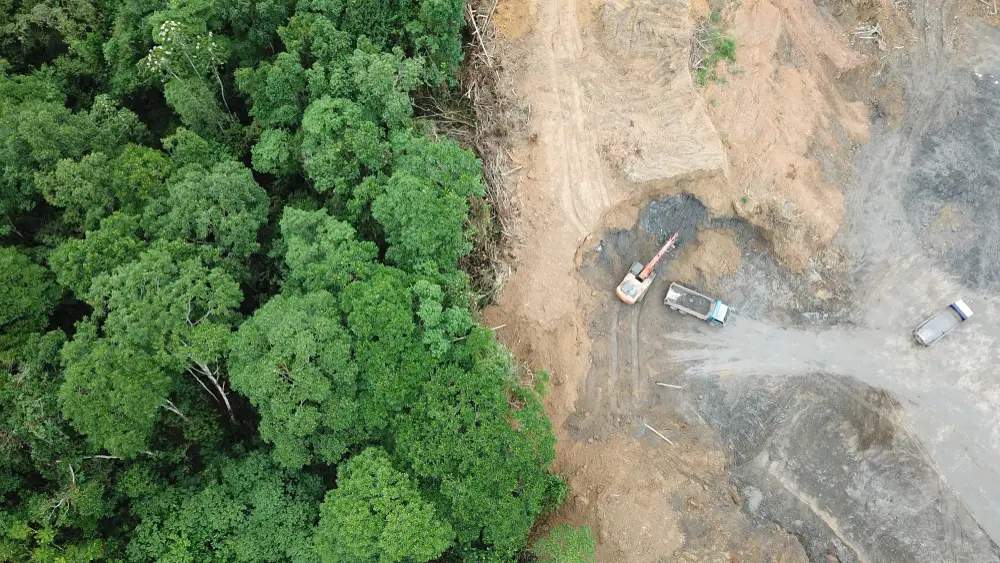
Deforestation is a major environmental issue, driven by agriculture, urbanization, and logging. Forests play a crucial role in absorbing carbon dioxide and supporting biodiversity, but they are being cleared at alarming rates. The loss of forests contributes to climate change by releasing stored carbon into the atmosphere. Deforestation also threatens countless species that rely on forests for habitat, leading to a loss of biodiversity.
Moreover, deforestation impacts indigenous communities who depend on forests for their livelihoods and cultural heritage. Efforts to combat deforestation include reforestation projects and the promotion of sustainable forestry practices. Supporting products from companies that prioritize forest conservation can help reduce deforestation. By recognizing the value of forests, we can work towards preserving these vital ecosystems.
11. Air Pollution: Breathing in Toxins

Air pollution is a pervasive issue that affects our health and the environment, with sources ranging from vehicle emissions to industrial activities. Pollutants like particulate matter and nitrogen oxides can have serious health effects, including respiratory diseases and cardiovascular problems. Air pollution also contributes to climate change, as it includes greenhouse gases like carbon dioxide and methane. In urban areas, smog and poor air quality are common, impacting quality of life.
Reducing air pollution requires a multi-faceted approach, including cleaner energy sources, improved public transportation, and stricter emissions regulations. Individuals can contribute by reducing car usage, conserving energy, and supporting policies aimed at improving air quality. Cleaner air benefits not only human health but also the environment, as it reduces acid rain and protects ecosystems. By taking action, we can create healthier communities and a more sustainable planet.
12. Soil Degradation: Undermining Our Food Security
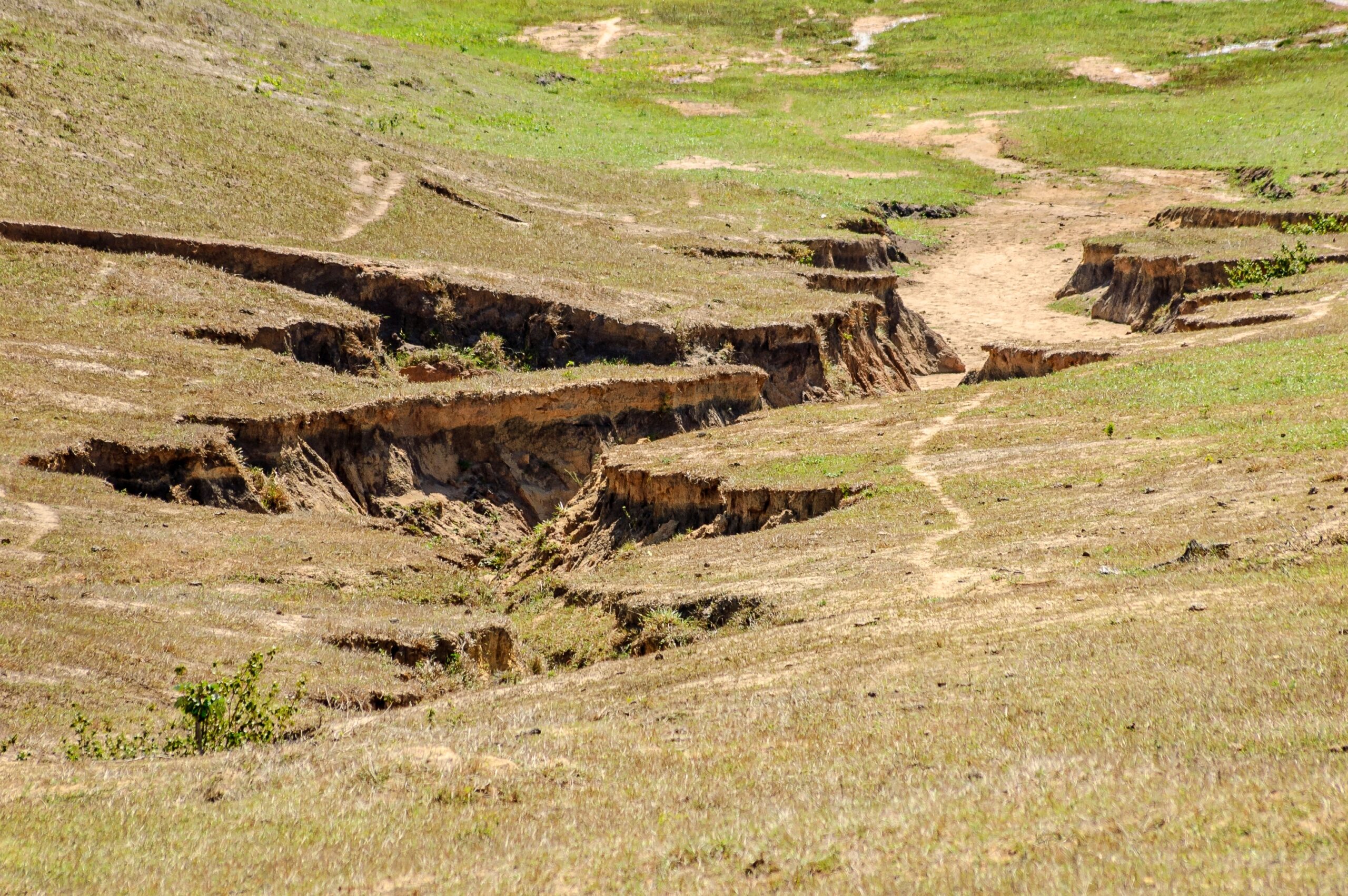
Soil is a critical component of agriculture, supporting crop growth and maintaining ecosystem health. However, practices like overgrazing, deforestation, and poor land management lead to soil degradation, compromising its fertility. Erosion, salinization, and nutrient depletion are common consequences, reducing agricultural productivity and threatening food security. Healthy soils also play a role in carbon sequestration, helping mitigate climate change.
Restoring soil health involves sustainable practices such as crop rotation, cover cropping, and reduced tillage. These methods enhance soil structure, improve water retention, and increase biodiversity. Supporting sustainable agriculture not only protects soil resources but also ensures long-term food production. By valuing and restoring soil health, we safeguard the foundation of our food systems.
13. Light Pollution: Disrupting Nature’s Rhythms

Light pollution, caused by excessive artificial light, disrupts natural ecosystems and human health. It affects nocturnal wildlife by altering behaviors related to reproduction, migration, and feeding. For humans, exposure to artificial light at night can interfere with sleep patterns and circadian rhythms, affecting overall well-being. Light pollution also obscures the night sky, diminishing our connection to the cosmos.
Efforts to reduce light pollution include using energy-efficient lighting, directing lights downward, and minimizing unnecessary outdoor lighting. Dark sky initiatives aim to preserve natural night environments and promote the benefits of darkness. By being mindful of our lighting choices, we can reduce our impact on wildlife and improve quality of life. Embracing the natural night sky fosters a sense of wonder and appreciation for the universe.
